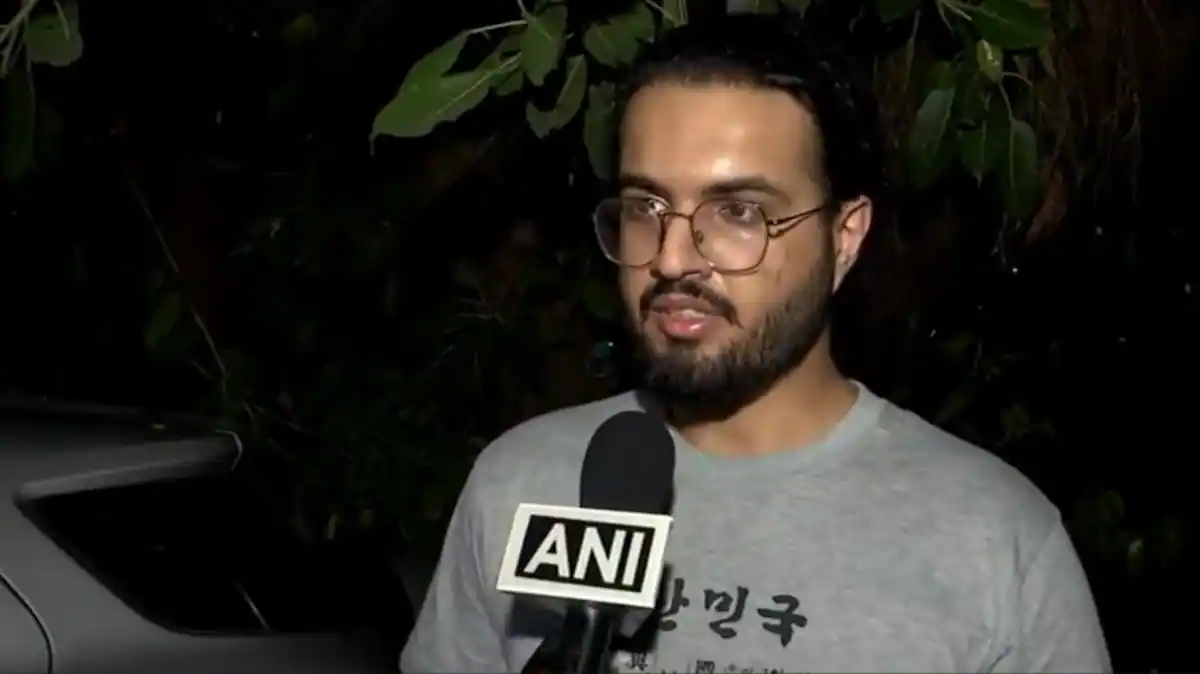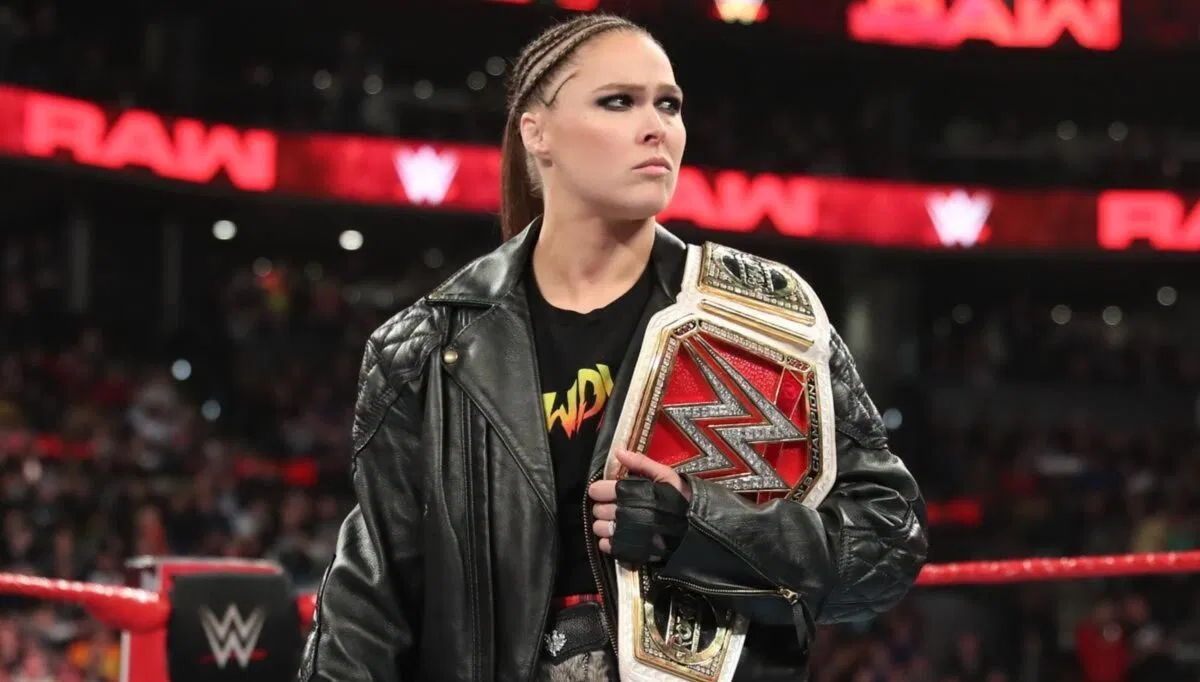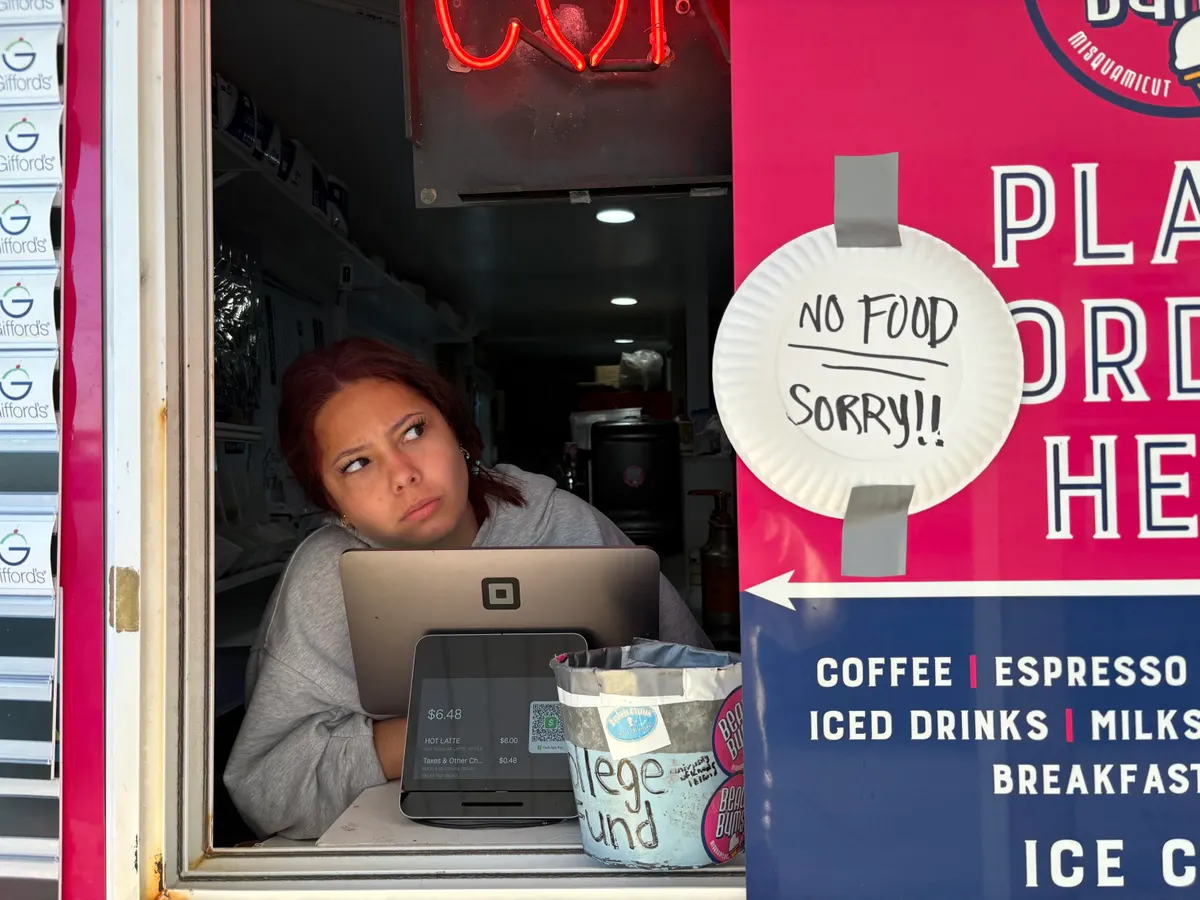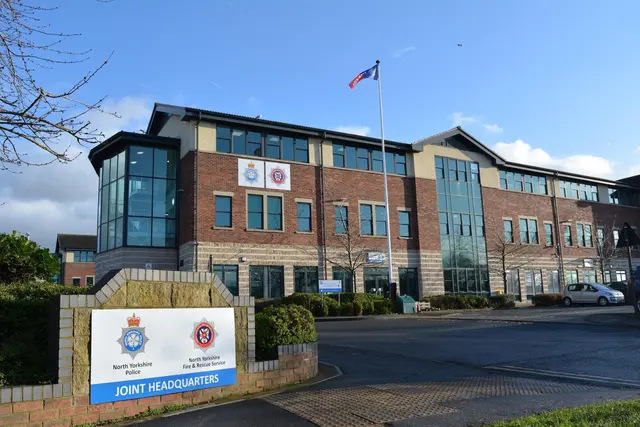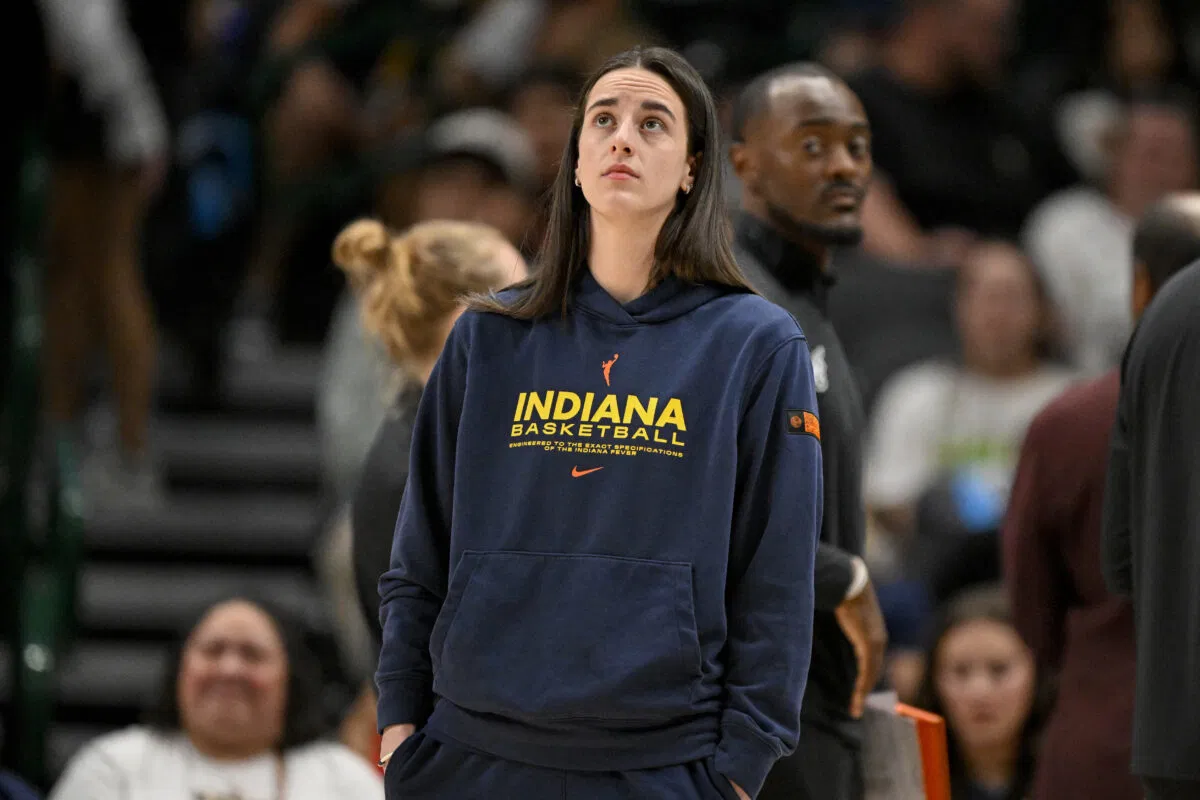
The All-Star moment is always to celebrate the league and its players. This year in the WNBA, it was a little bit different. The message was loud and clear when players warmed up with shirts bearing the message “Pay us what you owe us.” That was in July, and till now there is no resolution. Influential voices like Napheesa Collier, A’ja Wilson, Caitlin Clark, and Angel Reese, among others, are voicing for a fair structure. However, a former NBA champion gave players a reality check on why the road ahead will be tricky.
On his Fast Break podcast, Byron Scott had Olden Polynice as a guest on their recent episode. The host kicked off with a passionate debate about the impending lockout situation in the WNBA if a resolution is not met before the October 31 deadline. Speaking about it, the Lakers legend was clear, “ So, I think their demands has to be I wouldn’t say squashed, but they have to be where they’re more realistic. I mean, you know, you got to cash cow like you said, and what Caitlin Clark has been able to do in this WNBA. And then let’s again we tend to forget Angel Reese…” Bringing the profitability logic, Scott doesn’t feel the W players aren’t “going to get it.”
Further stating that the WNBA is moving in the right direction, but still not there yet in terms of a perfect business model.”I think the WNBA has made some big-time changes and big-time movement, but you’re still not there yet. So, you can’t go in and demand s— that you know, when you ain’t making money, you know. The players in the WNBA are asking for a bigger piece of the pie, since the players receive just 9.3% of the league’s revenue. Let’s add other leagues for context: NBA players have a 49–51% split of basketball-related income, NFL players get 48%, and NHL players take home 50%.
Also, let’s not forget the Caitlin Clark effect that swept everybody off their feet. The next few stats are just a glimpse of the popularity of the Fever guard. that sparked a huge surge in attention for the league. The 2024 WNBA season drew 54 million unique viewers and recorded its highest in-person attendance in 22 years. Clark’s regular-season games alone pulled in 1.2 million viewers–199% higher than games without her. There is more!
The overall TV ratings jumped 300%, with Fever games alone accounting for 45% of the league’s total broadcast value, per Dana Hunsinger Benbow of IndyStar. Clearly signifying that the Catlin Clark effect is real. Despite these growth parameters already for everyone to see, Scott believes, “So, I think it’s going to be a hard long road. They might they might have to, you know, be their bluff might be called.”
Are WNBA players bluffing to get the deal?
NBA commissioner Adam Silver refers to the two leagues as “integrated,” and they have bundled their broadcast rights together in a massive 11-year deal. Previously, Silver said in 2018 that the WNBA’s losses were roughly $10 million a year. And reports last fall said the WNBA was due to lose $40m in 2024. 60% of the teams in the W are owned by NBA owners. In fact, he even confirmed that some NBA owners are frustrated about the financial return on their investment in the WNBA.
However, there are more factors that point towards the growth of the league and why players like Napheesa Collier, A’ja Wilson, Caitlin Clark, and Angel Reese are in the right place. The latest media rights deal of the NBA, which was for $76 billion, the W secured a $2.2 billion TV deal for the next 11 years. Meaning, a 6x increase over the previous ESPN deal. Since the last deal in 2020, franchise values have exploded – Las Vegas Aces went from $2 million in 2021 to $310 million today, and the New York Liberty jumped from $10-14 million to an estimated $450 million. In fact, the latest team in the league paid $50 million in expansion fees.
Yes, the Golden State Valkyries this season are the 13th team in the league, and the WNBA is set to collect $925 million in expansion fees by 2030. So it starts to make sense why players are pushing for more. The players argue it’s only fair that their pay rises alongside the league’s skyrocketing value.
